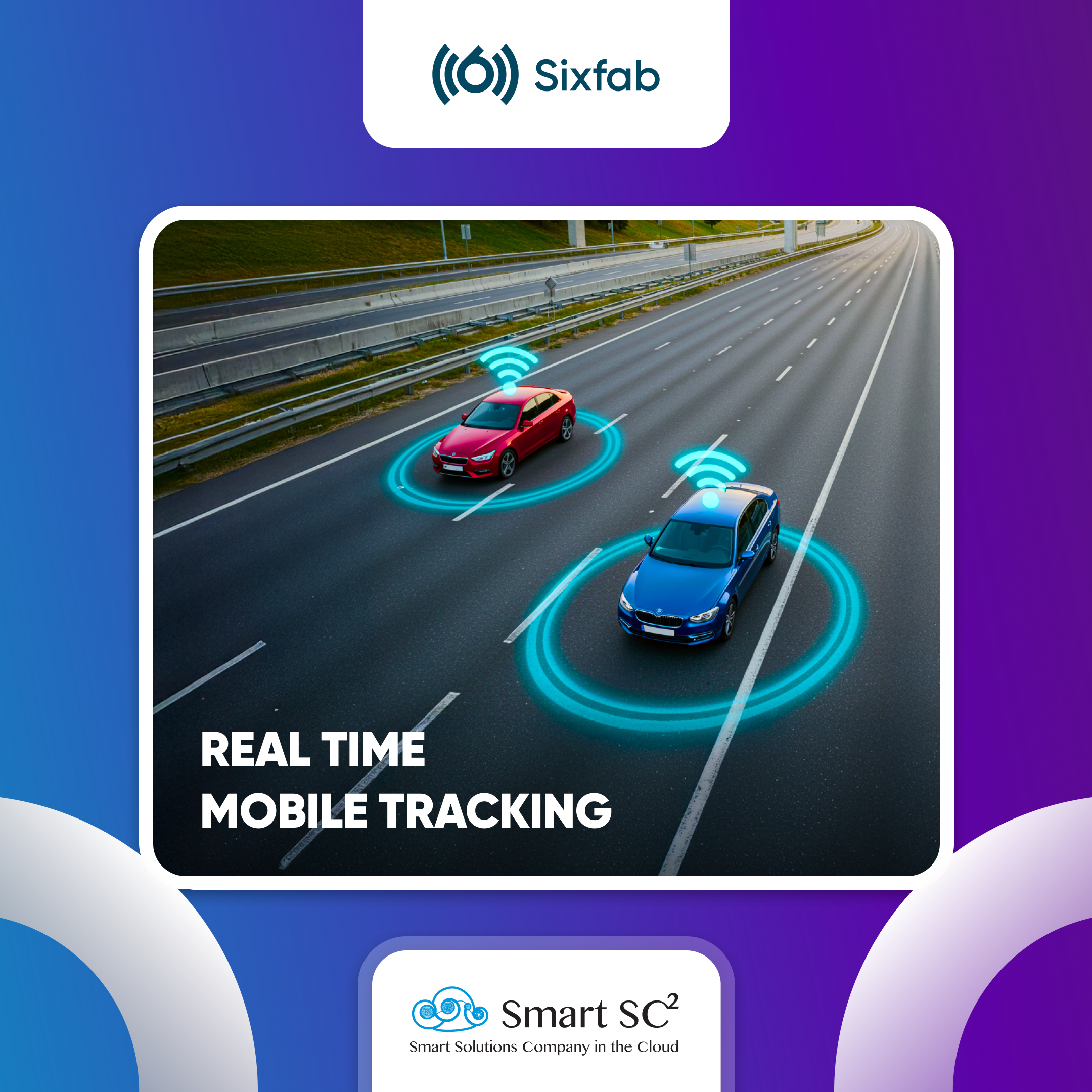The Solution: Turning Patrol Vehicles into Smart Scanners
A visionary systems integrator reimagined RFID for mobility. By integrating compact, high-performance computing with rugged 4G LTE connectivity, they built a system that could be deployed in recovery vans, cars, and even ATVs. The heart of the solution? A Raspberry Pi paired with Sixfab’s cellular connectivity enables real-time data transmission to central monitoring platforms.
Key Innovations:
- Mobile RFID: Scanners mounted on vehicles could now identify stolen cars in motion, vastly expanding coverage.
- Always-Connected Tracking: With reliable cellular connectivity, recovery teams received instant alerts, cutting response times.
- Scalable Power: Designed to operate independently of vehicle power, ensuring uninterrupted operation.
The Raspberry Pi’s industrial-grade cellular connectivity powered by Sixfab delivered real-time communication with central systems, maintaining reliability where standard networks struggle.


